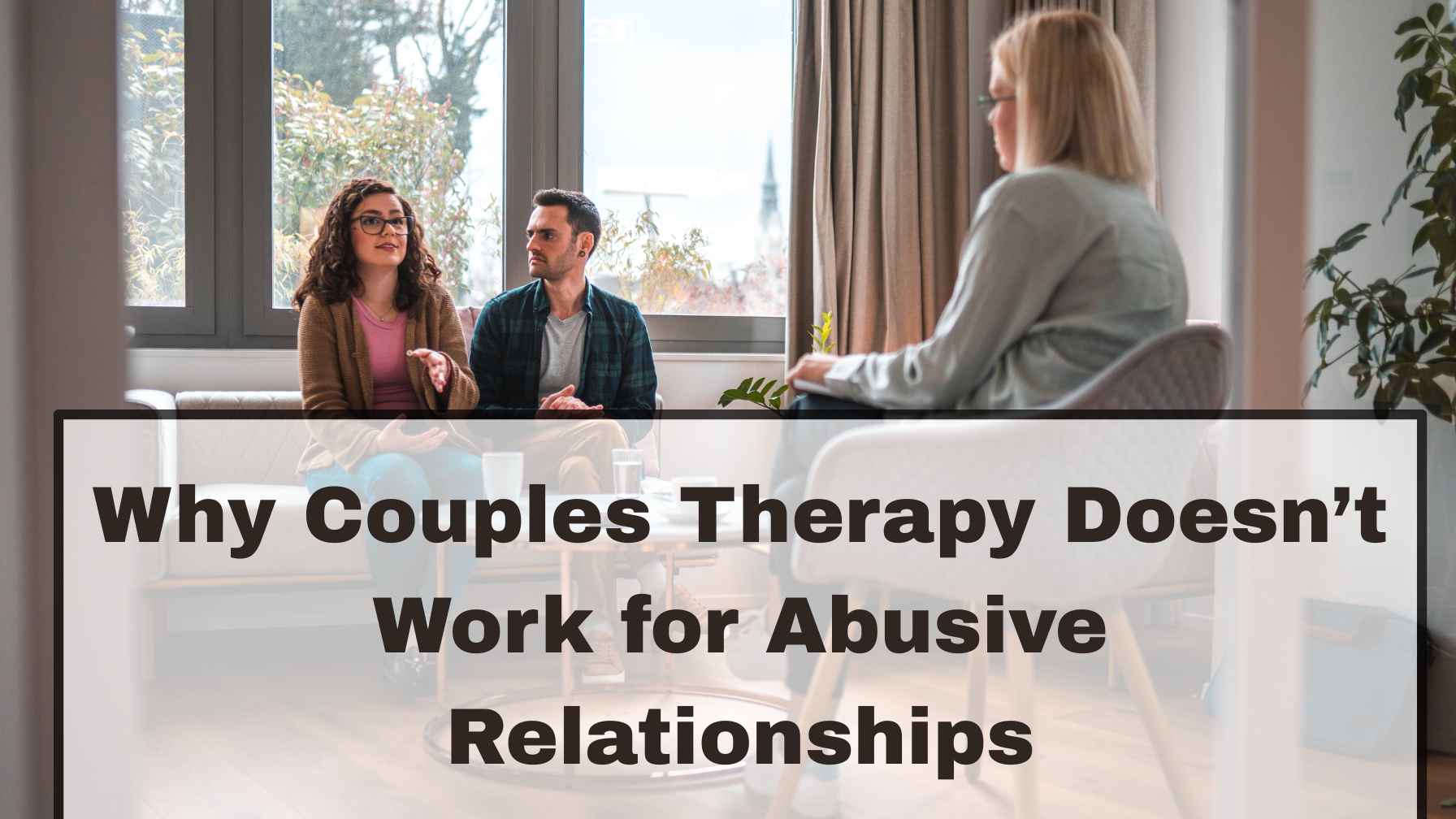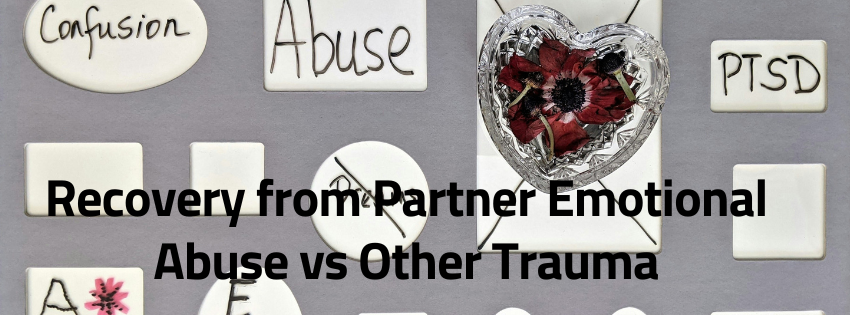
Clinical Psychologist
I come to this work not just as a therapist, but as a person with compassion and understanding. While years of study and professional training inform my practice, even more importantly I rely on curiosity, empathy and humanity as a vehicle for connection and change. I believe effective therapy doesn’t need to feel stuffy or too clinical to generate profound insights and develop vital skills. Find out more about me and my approach to therapy.
I provide therapy for a range of mental health struggles including complex trauma and childhood emotional neglect (CEN), difficult family dynamics (dealing with a narcissistic parent, enmeshment), depression, anxiety, low self-esteem, and setting healthy boundaries in interpersonal relationships. I am very passionate about supporting women that are experiencing emotional and psychological abuse in relationships, coercive control, dealing/separating with a narcissistic partner and post-separation abuse.
I listen carefully and read between the lines, helping you figure out what is really going on and how to forge your own, unique path forward. You can expect me to show up in a direct, real, and compassionate way. My goal is to support you as you develop increased self-awareness, confidence and healthy boundaries that foster lifelong changes and increased well-being.

Difficult Family Dynamics
My work is grounded in a deep commitment to supporting women experiencing emotional abuse and coercive control by a partner. I am well aware how hard it can be to untangle the confusion and name what’s really happening in a relationship – especially when the abuse is subtle, chronic, and disguised as care or concern.
Through years of talking with women, teaching in professional settings, and researching the dynamics of intimate partner violence, I developed a framework that I call The 3Ds of Emotional Abuse-Disrespect, Disempower and Distort. This framework offers a clear and practical way to make sense of patterns that often remain invisible until they are named.
These 3Ds are not just isolated behaviours—they are the pillars that hold emotional abuse in place. Recognising them for what they are is often a turning point. Once they can be named, they can also be dismantled. My role is to walk alongside you in this process: to help you recognise patterns, to validate what you’ve experienced, and to support you in reclaiming your sense of clarity, self-trust, and freedom.
You can learn more about the 3D model here.

How Therapy Can Unknowingly Empower Abusers and Silence Victims
As a psychologist working in the area of intimate partner violence, I have heard many…
Key Differences in Working with Trauma Caused by Intimate Partner Violence vs. Other Types of Trauma
Recovering from trauma is never a straightforward journey, and the type of trauma experienced significantly…
What Does Recovery Look Like When You Have Experienced Emotional and Psychological Abuse
Starting therapy—whether you’re still in the relationship or have already left—can feel daunting. The road…



